Published: 10:35 Wednesday - January 04, 2012
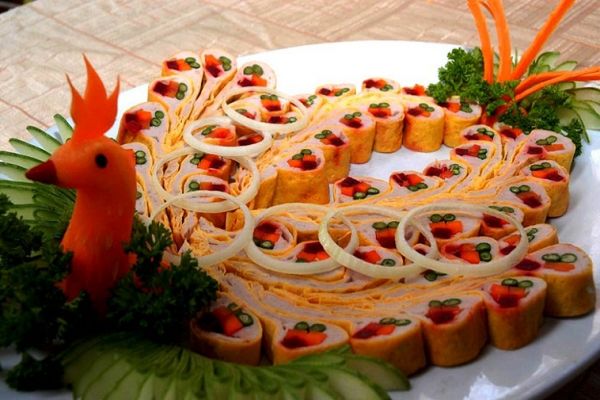
Tourists often come to Hue and visit restaurants which serve specialties. They find a restaurant not only because of the hunger after the excursion, visiting the scenic and historic places in Hue, but more interesting, they come to learn the culture of this place through the art of food processing and culinary philosophy.
In Hue, there are hundreds of food dishes which are divided into 3 main kinds: rustic dishes, vegetarian dishes and imperial dishes.
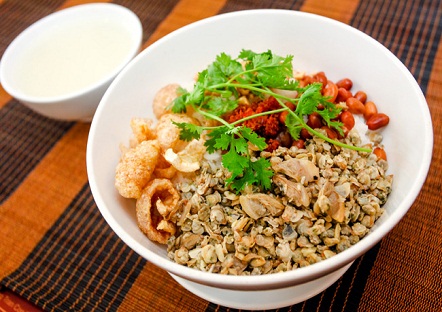
The rustic dishes are made from the common materials in everyday life of people in Hue, simple processed and not too fussy as the dishes which are used to serve the aristocracy. There are many rustic dishes but no Hue people could forget Hue tiny mussel rice, beef noodle with pig’s leg, boiled meat – shrimp sour paste, Khoai cake, bloating duckweed-shaped cake, Nam cake, wet cake…
The rustic yet most difficult to be forgotten Hue food is Hue tiny mussel rice. Some people (diners) even “complain” that tiny mussel rice is too cheap. A bowl of tiny mussel rice in Hue contains as many as 16 flavors yet is sold for a dirt cheap cost.
Hue tiny mussel rice contains tiny mussel, tiny mussel broth, penicilated shrimp, chili sauce, fish sauce, garlic, pig’s skin (roasted), roasted peanuts, salt, sesame, raw herbals, julienned banana flower, mixed with cool steamed rice (or vermicelli), creating a “mess” yet extremely delicious.
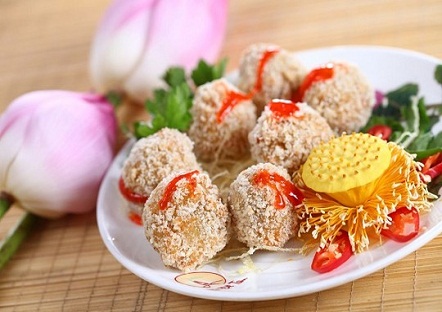
In the past, vegetarian diets and dishes are just for the Buddhist monks. Vegetarian dishes are prepared and processed from fresh plants, dried or fermented dishes, such as soy sauce, soya, pickles … Vegetarian diet requires avoiding all materials from animals, but with just some simple ingredients, the skillful chef can still process them into food dishes in the style of luxurious imperial food dishes. Vegetarian dishes are also sufficient with cinnamon meat pie, rolls, sour meat pie, roasted pork, shredded chicken…All of them are 100% made from plant materials.
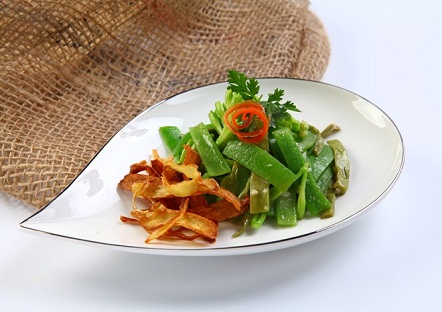
It can be said that vegetarian diets have become specialties of Hue people. It is simple to understand why the vegetarian food dishes processing has become a wonderful pick of Hue culinary art.
Hue used to be the “capital” of Buddhism in Vietnam. The Nguyen lords considered and defined Buddhism as the national religion and the religion of the Nguyen royal family. Not only the temple monks but also the aristocracy followed the vegetarian diet. Also, any Buddhist family in Vietnam spends two days per month at least to serve vegetarian dishes only so that vegetarian dishes in Hue are very plentiful, luxurious, and delicious.
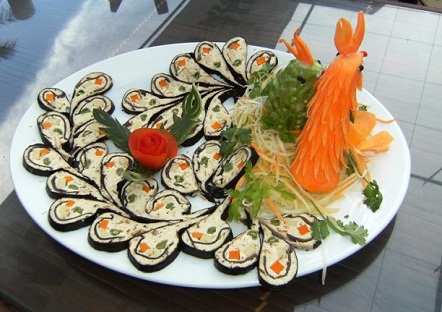
Imperial food is the noblest dishes of the kings, appearing in the daily meal in the palace and the feasts in the imperial palace to regale distinguished guests. Huong Giang is the place where serves these types of service the most. Of course, the customers need to be willing and especially have the amount of money to pay for such a royal gala like this. The price for this service is pretty high.
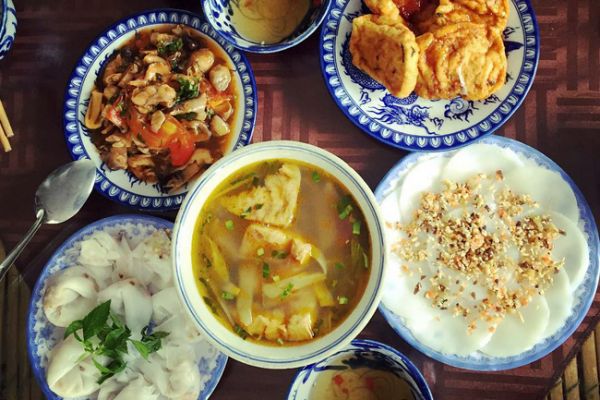
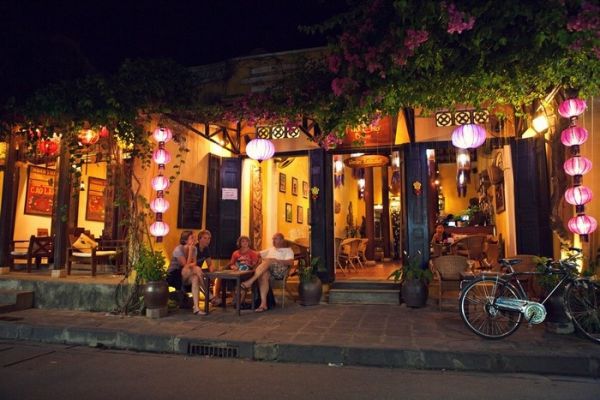
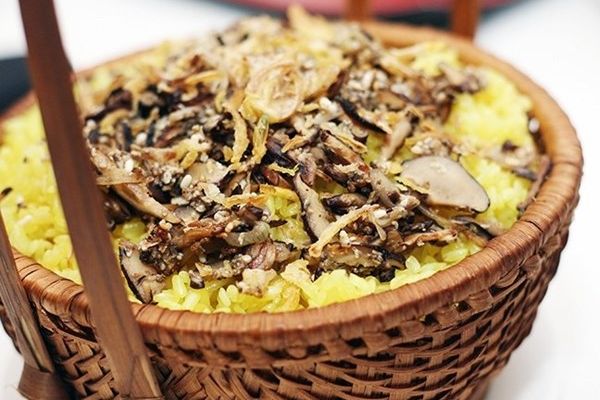
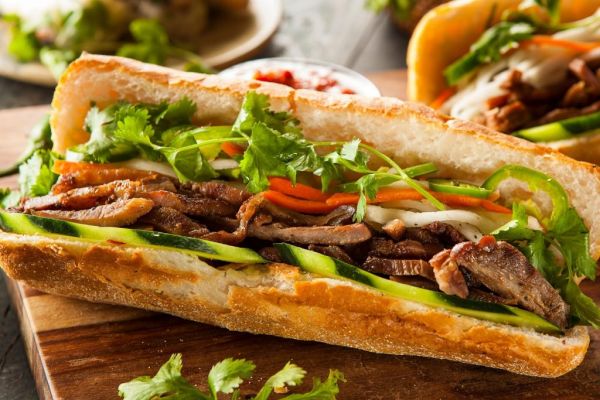
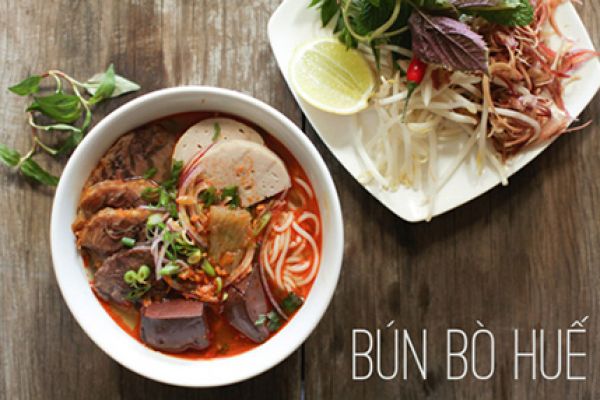

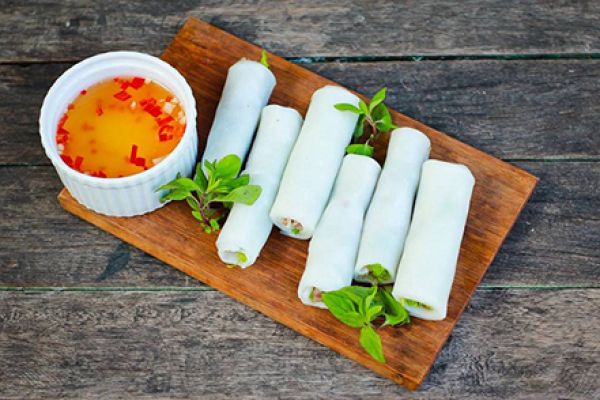
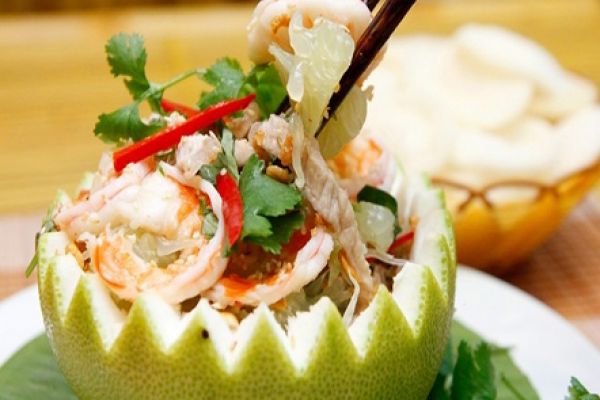
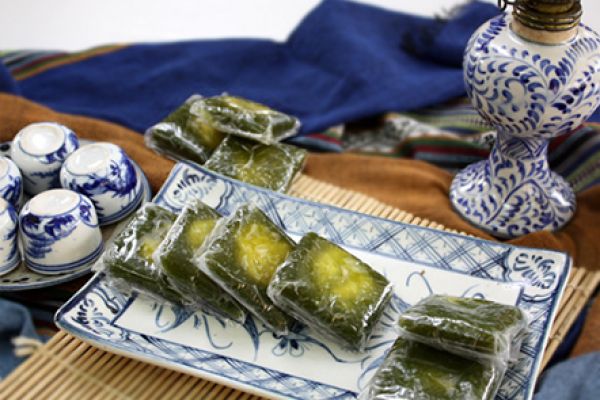
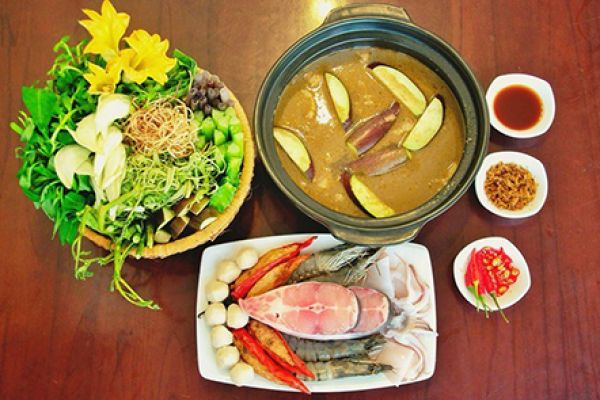
(84-63) 3 826042 – (84-63) 3 511142
No 54 Nguyen Dinh Chieu, Ham Tien Central Mui Ne Beach Binh Thuan Vietnam
523 To Hien Thanh District 10 Ho Chi Minh City Vietnam
Ha Long Halong City Quang Ninh Vietnam
A13 Hung Thong 2 Halong City Quang Ninh Vietnam




